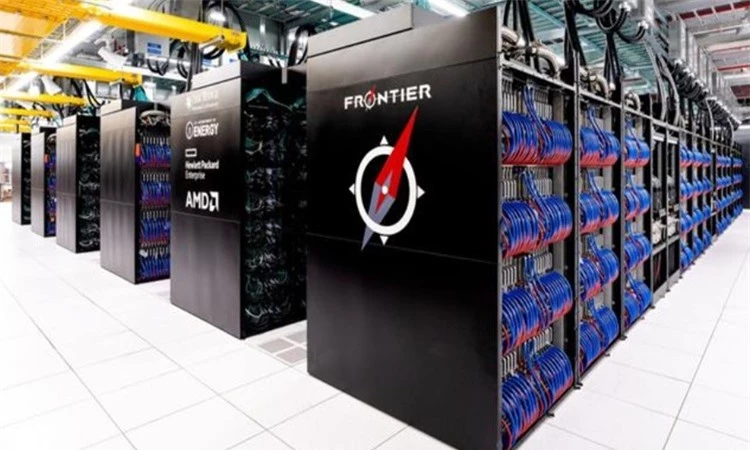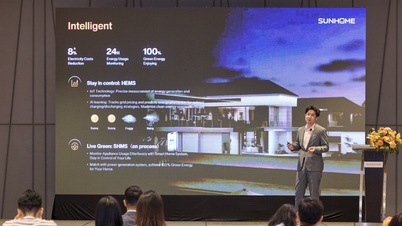The US Department of Energy (DOE) aims to maintain America’s leadership in high-performance computing. The DOE is inviting bids to design an advanced supercomputer called Discover to replace Frontier, the world’s fastest supercomputer currently, which is expected to reach 8.5 exaflops.
Built with AMD Epyc processors, the supercomputer is comprised of 74 HPE Cray EX racks and contains nearly 8.7 million CPU cores and GPUs. Additionally, the machine has a Linpack performance score of 1,206 exaflops. An exaflop is a measure of the combined computing power of a computer system, equivalent to one billion billion floating-point operations per second.

While the DOE has not specified exact performance targets for Discovery, the new supercomputer is expected to deliver three to five times the computing power of Frontier, potentially exceeding 8.5 exaflops. According to Matt Sieger, Discovery project manager at ORNL, Discovery will revolutionize scientific research in a variety of fields, driving breakthroughs in climate change prediction, drug discovery, high-energy physics, and green energy solutions with its increased computing power.
Speaking about Discovery's potential, Georgia Tourassi, associate director for computer science at ORNL, emphasized that the scientific community will be able to model real-world situations at a new level of detail. "It will help us study challenging problems that cannot be easily explored by experiment, observation, or theory alone," Tourassi said.
In addition to scientific applications, the new supercomputer is designed to excel at artificial intelligence and machine learning tasks, and push the boundaries in materials science and industrial product design. Additionally, Discovery will play a key role in DOE’s Integrated Research Infrastructure initiative, which aims to combine a variety of research tools and scientific facilities.
DOE has set a deadline of August 30, 2024, for bidders to submit proposals for the Discovery supercomputer, with delivery to the Oak Ridge Top Computer Facility (OLCF) scheduled for 2027 or early 2028. Instead of specifying a specific speed target, DOE has outlined a number of requirements for the next-generation system, including improved energy efficiency, system-wide modeling and simulation, and enhanced AI and machine learning capabilities.
Energy efficiency remains a top goal for the OLCF, which has increased its computing power 500-fold while its electricity consumption has increased only 4-fold over the past decade. Once operational, Discovery is expected to be accessible to researchers around the world.
According to Intellectual Property and Innovation
Source: https://doanhnghiepvn.vn/cong-nghe/my-se-san-xuat-sieu-may-tinh-manh-gap-5-lan-ky-luc-hien-nay/20240804081042099




![[Photo] Many young people patiently lined up under the hot sun to receive a special supplement from Nhan Dan Newspaper.](https://vphoto.vietnam.vn/thumb/1200x675/vietnam/resource/IMAGE/2025/5/18/6f19d322f9364f0ebb6fbfe9377842d3)


![[Photo] Ready for the top competitions of Vietnamese table tennis](https://vphoto.vietnam.vn/thumb/1200x675/vietnam/resource/IMAGE/2025/5/18/9c547c497c5a4ade8f98c8e7d44f5a41)





























![[Photo] General Secretary To Lam visits exhibition of achievements in private economic development](https://vphoto.vietnam.vn/thumb/1200x675/vietnam/resource/IMAGE/2025/5/18/1809dc545f214a86911fe2d2d0fde2e8)





























































Comment (0)